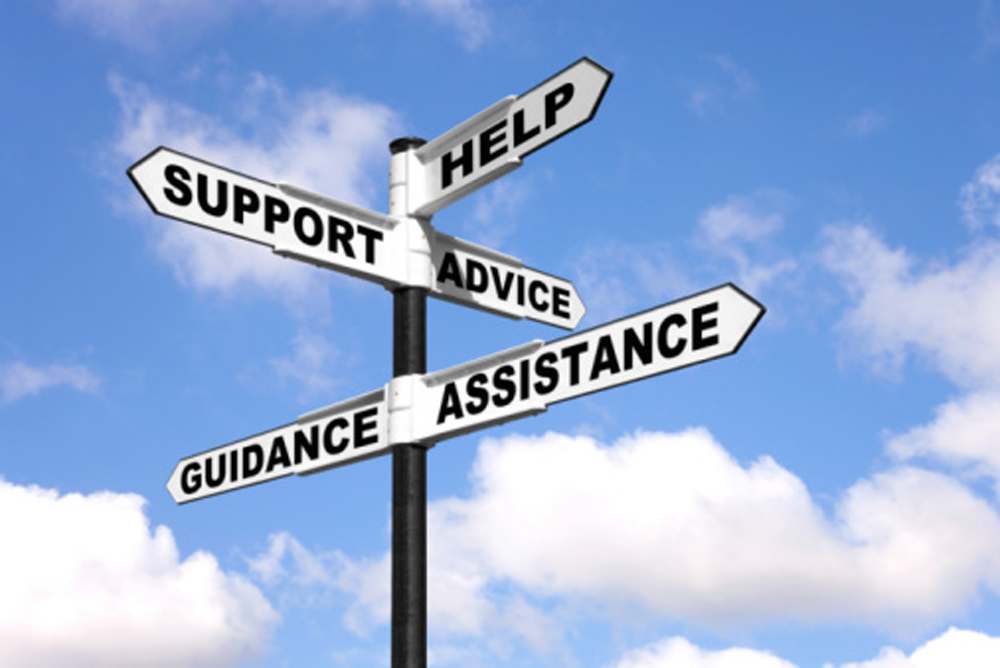
Help Wanted: The Key to a Member-Service Mindset
The simple quality of helpfulness is the foundation of success in member service. How do you find it in potential staff? Here's one quick test.
In the June issue of Associations Now, Terry Fong, member concierge at the California Dental Association (CDA), offers an inside look at the task of calling 1,000 new association members in one year. Depending on your disposition toward such work, it’s a job that will either sound like a lot of fun or make you want to run and hide:
Since February 2012, Fong’s Mondays have started with a printout of the previous week’s new members, followed by placing a phone call to each one. “I try to, in two days, pound through those calls. So I could be making anywhere from 10 to 20 calls a day,” she says. She speaks with about 60 percent of the members she calls, usually for three to five minutes each.
Some people have the helpfulness gene, and some people don’t. The ones who do are the ones who will thrive in member-service roles.
Fong is the quintessential people person, with a service-first mentality that any association membership director would love to have on staff. In fact, CDA created the member concierge position only because it was fortunate enough to have someone like Fong on board.
But what if your association isn’t so lucky to have staff with a highly developed member-service mindset already on hand? How do you hire the right person for member service? Another membership professional I spoke with had an interesting suggestion.
Peg McIntyre is vice president of member service at the American Institute of Certified Public Accountants and leads a robust member call center (AICPA has about 386,000 members). She says she looks for people who “want to be of service,” though she admits it can be hard to identify in a typical job interview. A simple human experiment might be more revealing, she says.
“I want to be in the lobby with a bunch of boxes, and when the person walks in the lobby for their interview, I want to be about seven feet away from them, drop the box, and see if they help me or if they go to the desk to sign in for their interview. And the person that goes, ‘Hey, let me give you a hand with that,’ that’s who I want to talk to.”
McIntyre says she hasn’t actually tried the dropped-box test, but it seems to me like an elegantly simple way to identify the helpfulness gene. Some people have it and some people don’t. The ones who do are the ones who will thrive in member-service roles.
When I asked Fong about her experience in member service, she used the word “fun” often, and one part of her response revealed just how innate the service mindset is. “Every position that I have been in, part of it has been on phones with member dentists, so then I did realize that, ‘OK, I do have skill sets in this area, I guess.’ I didn’t know it was a skill set. I just thought that that was something we did that’s part of your personality.”
What are the keys to being successful in member service at your association? And how do you try to identify or develop those traits in your employees?






Comments